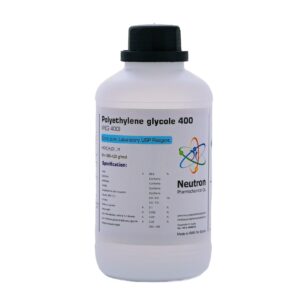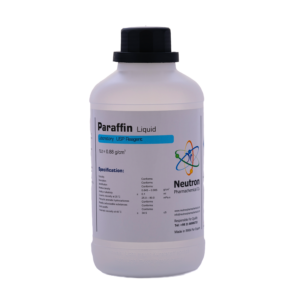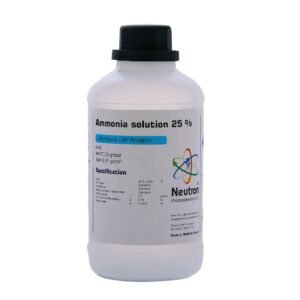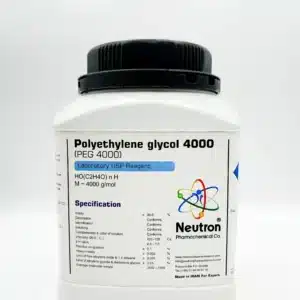کاربامید پروکساید
| Formula | CH6N2O3 |
| Chemical formula | CH4N2O*H2O2 |
| Molar mass | 94.07g/mol |
| CAS number | 124-43-6 |
| HS Code | 28470000 |
| EC number | 204-701-4 |
| Storage | Store at 8 to 20 ◦C |
| SDS | available |
| R phrase | R 22-37/38-41 |
| S phrase | S 26-39 |
| Odour | odourless |
| Form | solid |
| Color | colorless |
| Solubility in water | 500 g/l ( 20 ◦C) |
| Solubility in ethanol | decompoition 20 ◦C |
| Melting point | 75- 85 decomposition◦C |
| Thermal decomposition | ≥ 60◦C |
| Description | Conforms | ||
| Identification | Conforms | ||
| Solubility | Conforms | ||
| Assay as CH6N2O3 | 96.0 to 102.0 | % |
Hydrogen Peroxide Urea is a compound consisting of equal and proportional amounts of hydrogen peroxide and urea. This compound appears as a white crystalline solid. When dissolved in water, it releases hydrogen peroxide. In dentistry, this compound is commonly known as carbamide peroxide and is used as a source of hydrogen peroxide for bleaching (whitening), disinfection, and oxidation.
Hydrogen peroxide – urea contains hydrogen peroxide in a solid (anhydrous) form, which is significantly more stable and easier to control than liquid hydrogen peroxide for oxidation purposes.
🧪 Uses
Whitening or bleaching and removing stains from teeth.
Tooth whiteners are available in various forms such as whitening kits, whitening strips, and whitening toothpastes. However, all of them contain the active ingredients hydrogen peroxide and carbamide peroxide.
Side Effects
Damage to the gums:
Local redness and secondary infection have been reported with the use of this substance.
Reduction of enamel mineral content and increased permeability:
Many studies have shown that tooth whitening can reduce the mineral content of enamel, leading to increased enamel permeability.
Keep in mind that the effect of whiteners typically lasts up to one year.





